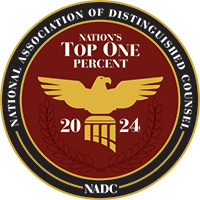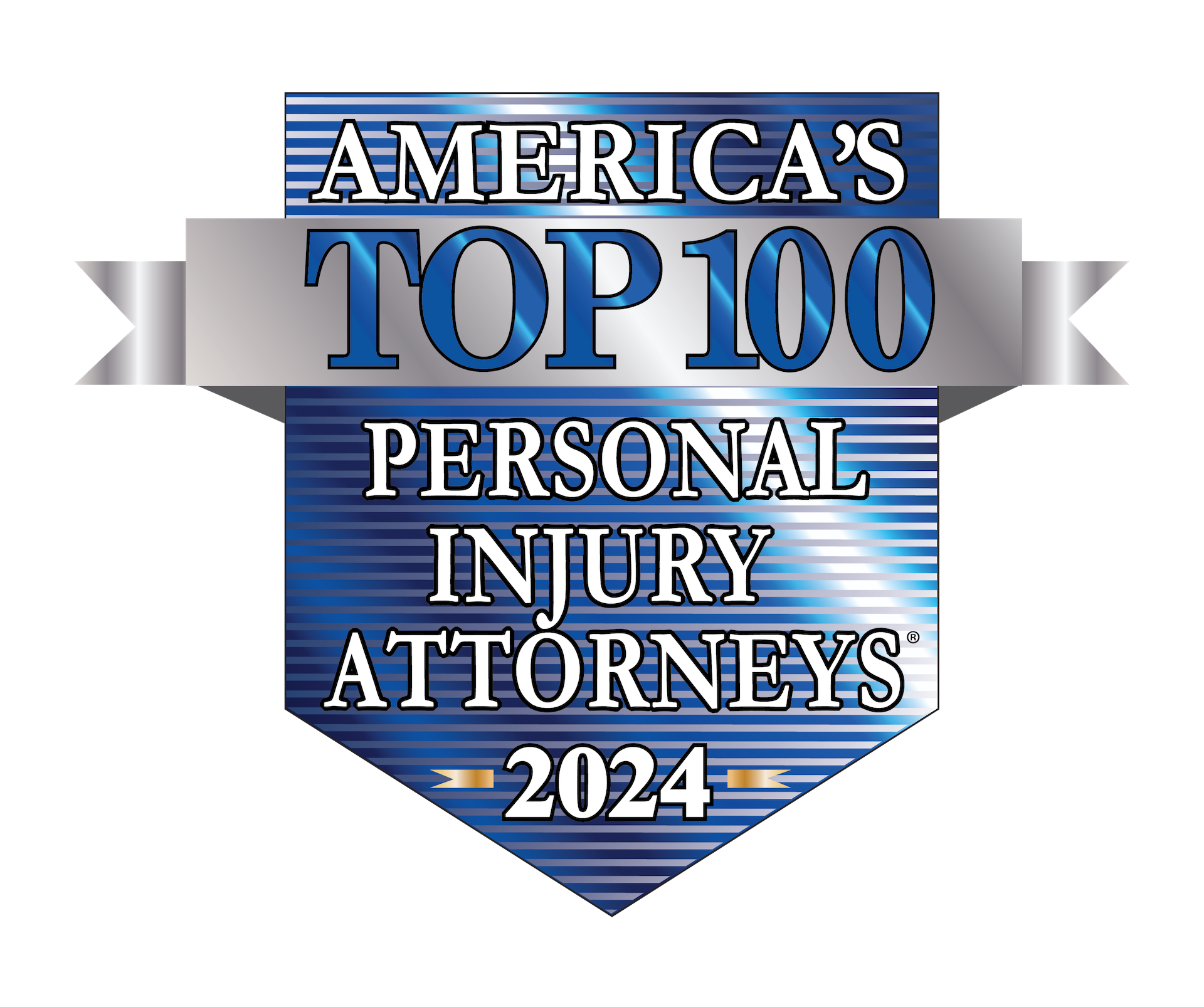Chain pharmacies are a common sight in almost every neighborhood, offering convenience and accessibility to medications and health services. While they serve a vital role in our healthcare system, there are growing concerns about the deadly errors that can arise from their hectic and often chaotic environments.
Are pharmacists respected?
For decades, pharmacists were the most trusted profession in America. Though they are still respected, they are no longer the most trusted.
Unfortunately, mom and pop pharmacies are a thing of the past. Here’s how Joe Graedon, President of The People’s Pharmacy describes modern day pharmacies, “Today, most prescriptions are filled in chain pharmacies, groceries or big box discount stores. Most of your interaction is with the clerk or the technician rather than the pharmacist.” (PeoplesPharmacy.com)
Big chain pharmacies
Dominating the pharmacy market now are a few big chains. After mail-order and online pharmacies, retail chains ranked second in annual prescription revenue in the US, with $163 billion. Regional and alternative pharmacies came in fourth and fifth places respectively. (Statista.com)
“As the companies have grown, they have applied cost-cutting measures, especially performance metrics, to their pharmacist employees.” Pharmacists are now expected to fill many prescriptions quickly, causing our health to be at risk.
Why do prescription errors happen?
One of the most significant challenges faced by employees in chain pharmacies is the pressure to serve many customers quickly. Pharmacists and technicians are required to fill prescriptions at a rapid pace, which can lead to mistakes such as an incorrect dosage, wrong medications, or improper labeling. The pressure doesn’t just come from the volume of work but also from the need to meet corporate targets and efficiency metrics. This high-stress atmosphere can reduce the time staff have to double-check their work or consult with each other, increasing the likelihood of errors.
Overworked Pharmacists
Many pharmacists at these huge retail chains say they are not surprised by mistakes that happen while filling prescriptions. They are overworked and understaffed. Pharmacists at companies like CVS, Rite Aid, and Walgreens described chaotic, understaffed work environments where it has become hard to perform their jobs safely, putting the public in danger of medication errors.
“They struggle to fill prescriptions, give flu shots, tend the drive-through, answer phones, work the register, counsel patients, and call doctors and insurance companies, they said – all the while racing to meet corporate performance metrics that they characterized as unreasonable and unsafe in an industry squeezed to do more with less.”(Boston.com)
Distraught pharmacists are reporting to State boards and associations, explaining their struggles, even to the point of saying they feel they are a danger to the public. State pharmacy boards find it difficult to regulate the chains.
An estimated 1.5 million Americans are harmed by pharmacy errors each year. (AMCP.org) And about one in five prescriptions dispensed each year deviate from the physicians’ written orders. (PeoplesPharmacy.com)
What happens if a pharmacist makes a mistake?
The consequences of pharmacy errors can be severe. Patients may experience adverse health effects from taking the wrong medication or incorrect dosages. In some cases, these errors can lead to hospitalizations, more severe health complications, and even death. The trust that patients place in their pharmacies is also at stake, as repeated errors can lead to a loss of confidence in these essential healthcare providers.
Chain pharmacy errors in South Carolina
A pharmacist in South Carolina acknowledged making 10 to 12 errors a year. (SeattleTimes.com)
Another pharmacist in South Carolina handed a mother of an 8-year-old child a prescription that was supposed to contain Ritalin to help control her daughter’s ADHD. Due to the pharmacy being understaffed on the busiest day of the week (a Monday), the little girl was mistakenly prescribed a diabetes drug at 16 times the normal adult dosage! The little girl took the medication, then sank into a coma and suffered permanent brain damage. It was discovered that the pharmacist who made the mistake was at the end of a 12-hour shift – and a 60-hour work week.
How to protect yourself from pharmacy mistakes:
- Talk to the pharmacist. If a prescription is one you’ve never taken, talk to the actual pharmacist. Even though they look very busy, and probably are, they are the best source of information about the drugs they dispense. Ask about side effects and about interactions with any other medicines you are already taking. Just taking the time to ask one question increases the odds that the pharmacist will take a second look at your prescription and catch any possible errors.
- Open the bag and check your prescription. One mistake that is commonly made is a prescription being dispensed to the wrong patient. Check the printout and the prescription bottle to be sure the correct name is on both. Also check the address and birth date, in case someone with a similar name had a prescription filled at the same time.
- Look at the actual medication in the bottle. If you have taken the medicine before, you will recognize if the medicine looks different. If so, don’t assume it’s because of a different manufacturer. ASK THE PHARMACIST. Most prescription bottles will have a description of what the medicine looks like. Read this description and compare to the contents. If anything looks amiss, ASK THE PHARMACIST. The internet can also help you identify medicines. WebMD, Drugs.com and the National Library of Medicine all have websites to help identify pills.
- Read the instructions. Read the informational leaflet included with most prescriptions. Make sure the medication matches the ailment being treated.
What if a pharmacist makes a mistake?
If you realize a mistake was made, alert the pharmacist as soon as possible. The pharmacist should exchange the wrong medication for the right one. If a prescription was mistakenly mixed up with another patient, it’s important that the other patient is informed quickly, before taking the wrong medication.
Also alert the prescribing physician, since the mistake may have started there.
Where do I report pharmacy mistakes?
Mistakes can also be reported to state pharmacy boards. For South Carolina patients, that would be the South Carolina Board of Pharmacy.
While chain pharmacies play a critical role in providing necessary medications, the chaos within these environments can lead to significant, even deadly errors. By being aware and proactive, you can help ensure your safety and get the most out of your pharmacy experience. Always remember, it’s okay to ask questions and double-check your prescriptions—it’s all about keeping you healthy and safe!
The Law Offices of David L. Hood, Your Prescription Error Lawyer in South Carolina
Prescription malpractice can cause serious health problems and even result in death for many innocent patients. However, if the matter is handled expertly, those responsible for the damages can be held accountable. The Law Offices of David L. Hood and his co-counsel legal team have experience in handling pharmacy malpractice cases.
With an understanding of the system, they utilize their network of medical experts and pharmacists to figure out the cause of the mistake and obtain (if possible) an expert opinion so a claim can be filed against those at fault.
If you have suffered at the hand of someone else’s negligence and incompetence, let The Law Offices of David L. Hood do whatever it takes to help you and your family get justice. We will fight until you get the compensation that you deserve.
If you or a loved-one has been a victim of pharmacy malpractice in South Carolina, contact us for a free initial consultation. You can call us now at (843) 491-6025 or contact us online here.
If after having an expert review your potential case, it looks like we can help you, we’ll work with you on a contingent-fee basis, meaning you won’t owe us a fee unless we get a recovery for you!





